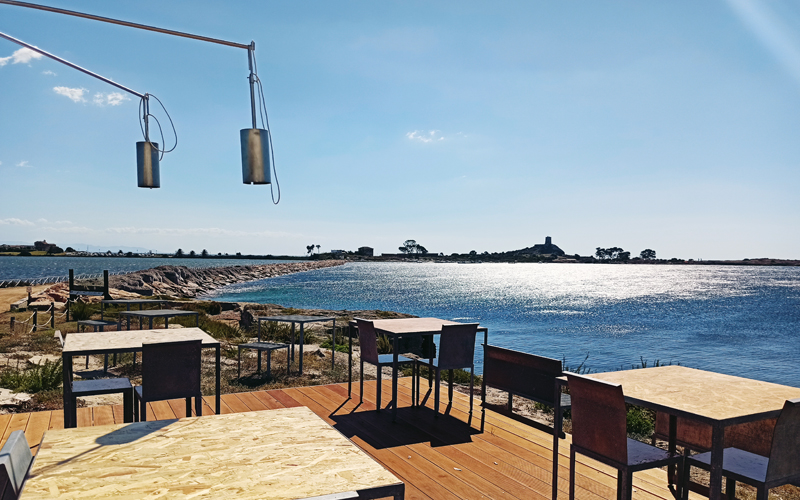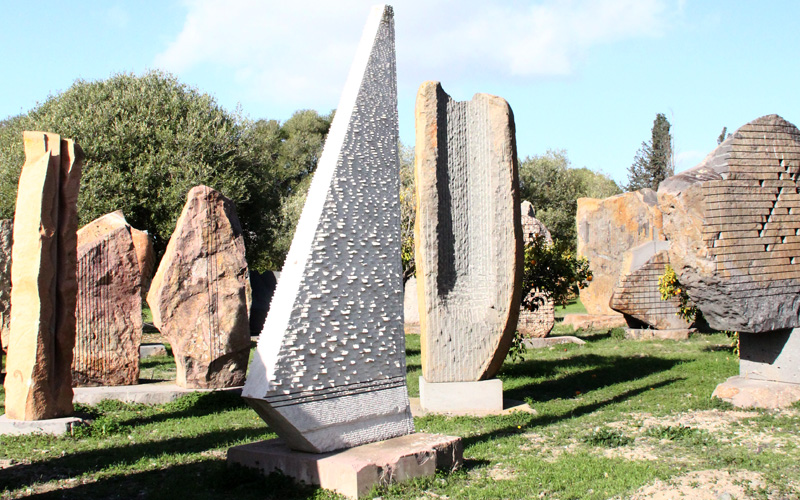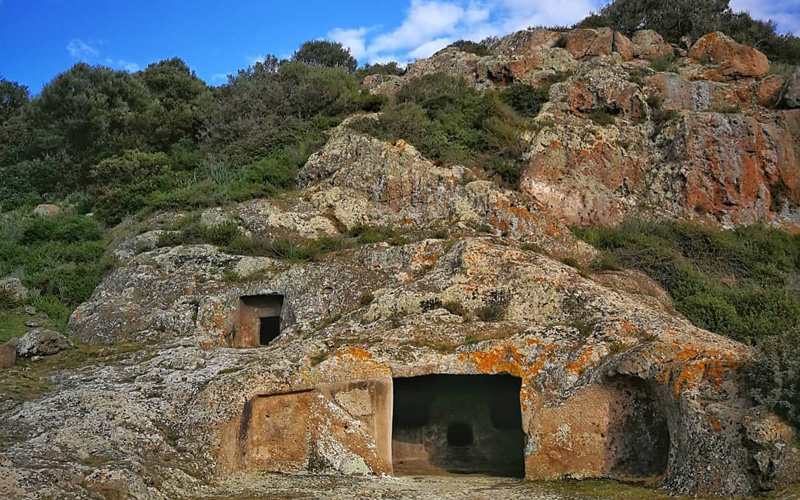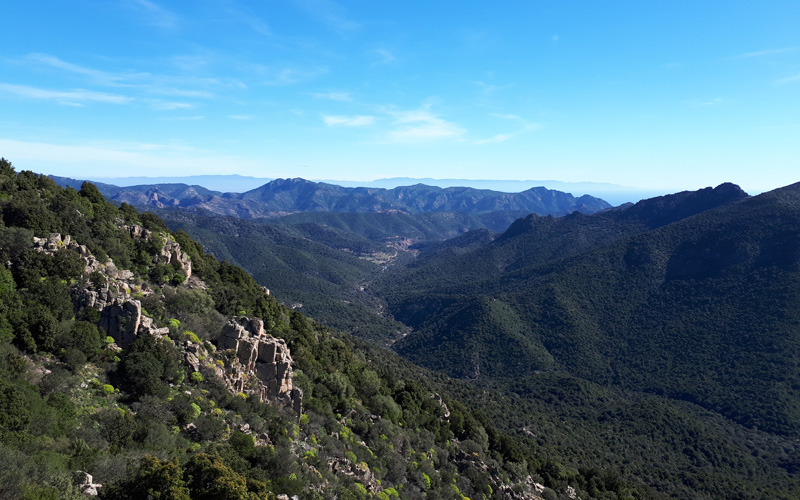Sardinia is known to most for its beaches and its sea, but, belive as us, its hinterland, its traditions and its history will amaze you. The mountainous territory is extremely varied, for colors and shapes, hides paths, suitable for every need, but especially and for every step, expert or beginner. For this reason the hiking activity is very much followed, especially in the warmer months.
Unlike many other sites, in the Sardinian territory we recommend not to venture without expert guide, as the scarcity of water, and the lack of trail signs on many trails could make walking more difficult. Marco Corda, our guide of trust, expert on the paths of the hinterland of Pula is better than a GPS, and his and his knowledge of traditions and history, will help to make your walks a unique experience.
Today we want to describe the path of Su Strintu de Antoni Sanna, a route for the most experienced and safe step. Marco called it “Conillu toccu de acchili” (rabbit pursued by the eagle) and with this name we can imagine the degree of difficulty (LOL!). The track winds for 14 km, immersed in a vegetation of oleander, oaks, strawberry trees and lentisk typical of the Mediterranean, and will lead you to discover the remains of an ancient Nuraghic settlement. After the first climb to reach the summit of Punta Tiriaxeddu, we arrive at the Arcu de su Cadalettu. From here you can admire the spectacular canyons of S’Arcu de su Liuru. Continuing you’ll reach what remains of the village called “Bidda’e Mores” (the Village of the Moors). Of it are visible several remains of circular constructions, terracing and strong curtains built in megalithic technique. The settlement is crossed by the watercourse of torrential Riu Bidd’e Mores, a tributary of the Riu Gutturu Mannu. It is interesting to note that in Sardinia you will find many things called Mannu, which means big: Bidda Manna (big town), Monte Mannu, Riu Mannu, Piscina Manna, in Sardinia it seems to be big!
Leaving aside the etymological considerations, it is important to know that the presence of strong fortification works in megalithic technique, barring access to the mouths of the valleys, could credit the hypothesis that the archaeological complex of Riu Bidd’e Mores has fulfilled, in the course of the various ages, also to the defensive functions of the area. As regards the finds, they were found on the surface of ceramics dating back to the fifth century. B.C., amphorae of Imperial and high medieval times, but it is thought that some remains are even more ancient.
What about: a great alternative to the sea!
Marco Corda, will keep you company along the way illustrating an extraordinary landscape in an interweaving of stories related to the agro-pastoral world, traditions and history, making every adventure on this earth more aware and more suggestive.
Do not miss the chance to come to Sardinia in the warmer months, the sea is not the only resort on the island.





